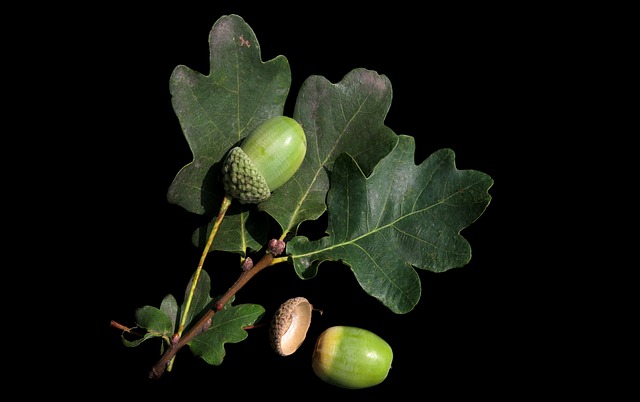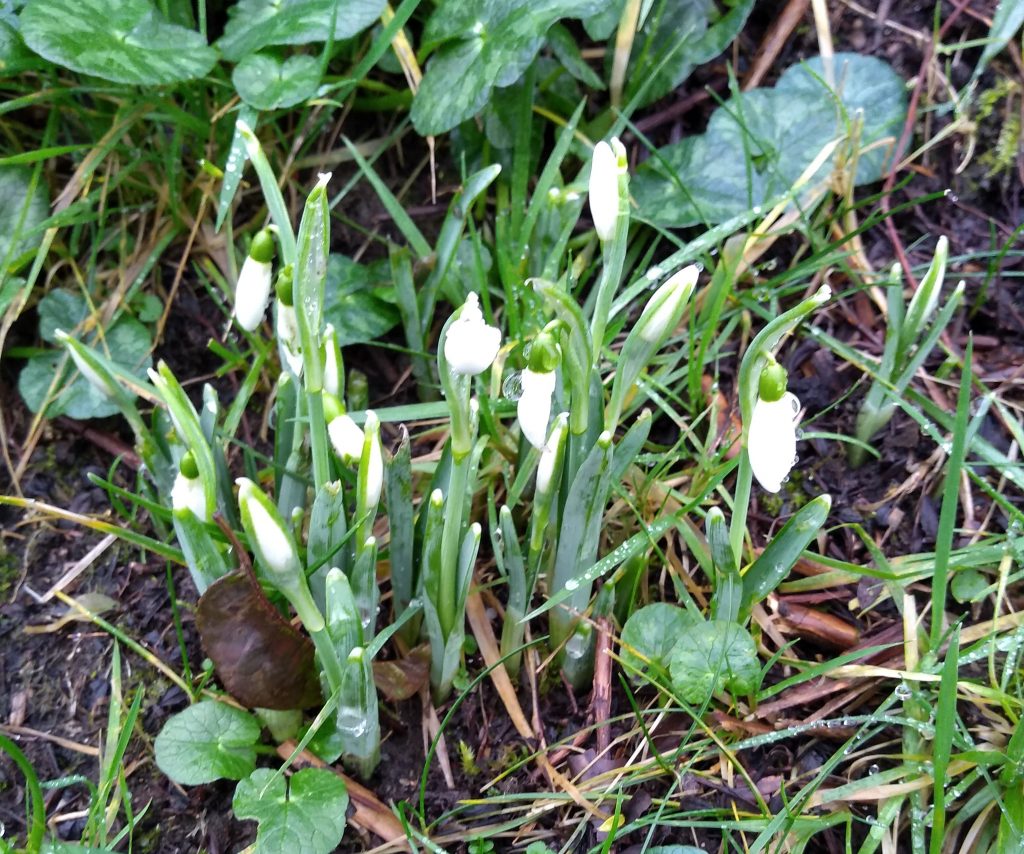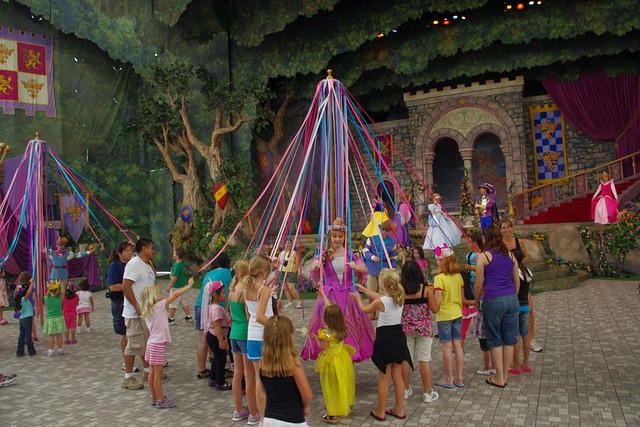As a child, I remember my mother using the phrase only for high days and holidays, and I understood the meaning but never stopped to think about where the saying came from. For example, as a farmer’s daughter, we lived mostly in the living room and kitchen, and the front room was only used for days such as Christmas Day and Easter Sunday when the coal fire would be lit and we would roast chestnuts. We had a Rayburn in the kitchen which provided all our heating and hot water, but I loved seeing the real fire and always felt this made the day special.
So, what are high days and holidays? Well, historically, a high day was the anniversary of an important festival in the Church’s calendar, and holidays or holy days were similar but less specific. Holy days referred to days off but without any sacred significance.
There are numerous high days and holy days throughout the year:

Valentine’s Day – 14 February
We all know Valentine’s Day as a happy occasion when young men and women send cards to each other, often anonymously. Traditionally, women are sent bouquets of flowers; often romantic red roses, by their boyfriends, fiancés and husbands. However, the origins of the day are less pleasant.
From 13 – 15 February the Romans celebrated the Feast of Lupercalia to promote health and fertility. The men sacrificed a goat and a dog and then whipped women with the hides of the dead animals. The young women were forced to line up for the drunken men to beat them, as it was believed this would make them fertile. A matchmaking lottery then took place, with the young men drawing the names of women from a jar and the pair would then be coupled for the duration of the festival, or longer if the match proved successful.
The name Valentine’s Day originated when Emperor Claudius II executed two men, both named Valentine, on 14 February in different years in the third century. Their martyrdom was honoured by the Catholic Church with the celebration of Valentine’s Day.

Oak Apple Day – 29 May
The English Civil War (1642 – 1649) was fought between the Parliamentarians led by Oliver Cromwell and the Royalists loyal to King Charles 1. The Royalists were defeated at the Battle of Naseby in 1645 and Charles 1 was executed in 1649. Cromwell declared Britain a republic and became its Lord Protector. Following his death in 1658, Cromwell was briefly succeeded by his son, Richard, before the monarchy was restored.
Oak Apple Day or Royal Oak Day is more correctly known as Restoration Day. It used to be a public holiday celebrated on 29 May to commemorate the restoration of the English monarchy when Charles II became king in 1660. The public holiday was abolished in 1859, but the date is still remembered by some, by the wearing of oak leaves, for it is said that King Charles escaped the Roundhead army by hiding in an oak tree during the Battle of Worcester in 1651.
I can certainly remember my mother gathering oak leaves to pin on my coat to wear to school and being told, “The 29th of May is Oakie Apple Day, ”

Halloween or Samhain – 31 October
This date is more familiar as it is still celebrated to this day with children knocking on doors and crying out trick or treat. It is also a time for carving ghoulish faces out of pumpkins to make Jack O’ Lanterns.
The day was originally called Samhain which meant summer’s end. It was a day when the cattle were brought in from the pasture and some were slaughtered for a supply of meat through the winter – so it was the death-night and came to be associated with graveyards and ghosts. After midnight the ghosts are said to return to their rest. Other events such as apple bobbing have also become popular over the years.
For no particular reason, my husband and I got engaged at the stroke of midnight on Halloween. We were at a dinner and dance, and we went to a quiet corner for him to slip an engagement ring on my finger. That was in 1970, nearly 53 years ago – so the spirits must have been looking kindly on us.

Old Christmas Day – 6 January
My mum always insisted that the Christmas decorations had to be taken down before Old Christmas Day and to this day, I follow this advice, but I never understood why it was Old Christmas Day. Well, this is why: the Julian calendar, in use from 46 BC, was based on an incorrectly calculated solar year as it was organised around the phases of the moon. It was only a small error, amounting to about 11 minutes a year, but over hundreds of years, those minutes added up. In 1582, Pope Gregory XIII decided to change the calendar to match the solar cycle more closely, and in doing so, reduced it from 376 days to 365 days, eliminating 11 full days.
The new Gregorian calendar was adopted throughout Catholic Europe. However, Protestant Europe was not willing to be told what day it was by the Pope, so it kept the old Julian calendar. By the time England came around to adopting the Gregorian calendar in the middle of the eighteenth century, it was a full eleven days ahead of Paris. A Calendar Act was passed in 1751, which stated that to bring England in line with Europe, the day following the 2 September 1752 was to be called the 14th of September, rather than the 3rd. Unfortunately, many people did not understand this and were sure the government had stolen eleven days of their lives. In some parts of the country, this even led to riots.
Before the changes to the calendar, England celebrated Christmas on the equivalent of 6 January, and this is why that date is called Old Christmas Day.
Interestingly, until 1752, Lady Day was known as New Year’s Day when 1 January was adopted instead. However, the British Tax Year still starts on Old Lady Day – 6 April (or in fact, 25 March under the previously used Julian calendar)!
The Quarter Days
The Quarter Days have been observed since the Middle Ages and were important in the farming community as they were the days that farmers would take over, or leave the tenancy of a farm. In the past these were also the days when servants were hired, rents were due, and school terms started. The Quarter Days are less significant these days, although rents for properties in England are often still due on the old English Quarter Days which are roughly 91 days apart.
These are the four Quarter Days observed in England:
Lady Day – 25 March
Lady Day falls on 25 March and commemorates the visit of the Archangel Gabriel to the Virgin Mary when he informed her that she would be the mother of Jesus.

Midsummer’s Day – 24 June
Midsummer’s Day, a celebration of summer, falls on 24 June and is midway between the planting and harvesting of crops. The church designated the day as the birthday of St John the Baptist. The Summer Solstice or the longest day falls on June 20,21 or 22. The date varies because it depends on when the Sun reaches its northernmost point from the equator.

Michaelmas Day – 29 September
Michaelmas Day falls on the 29 September and signifies the end of the harvest, the start of autumn, and the beginning of shorter days. St Michael was one of the main angelic warriors, a protector against the dark of the night, and the Archangel who fought against Satan. It was thought that with the darker nights and colder days, the celebration of Michaelmas Day would encourage protection.
In the Middle Ages, Michaelmas was celebrated as the Holy Day of Obligation, and a fattened goose was eaten to protect against financial need for the following year. The tradition was abolished in the 18th century, yet we still recognise Michaelmas Day.

Christmas Day – 25 December
Christmas Day is, of course, a celebration of the birth of Jesus. Farm labourers were usually paid for their year’s labour at Christmas and this gave them a reason to celebrate, as well as three months’ rest before the next season.
In the United States, the Quarter Days are the 1st of January, April, July and October.
The Four Cross-Quarter Days
There are also four holidays falling between the Quarter Days and these are:

Candlemas – 2 February
Candlemas Day was historically a Christian holiday commemorating the presentation of Jesus at the Temple. On this day, many Christians take their candles to their local church to be blessed and then used for the rest of the year. Snowdrops, which flower in this month, are also known as Candlemas Bells.

May Day – 1 May
May Day marks the beginning of summer and is around halfway between the spring equinox and the summer solstice. It is a festival of ancient origin and traditions often include the gathering of wildflowers and green branches to weave garlands, the crowning of a May Queen and dancing around a maypole.

Lammas – 1 August
Lammas Day or Loaf Mass Day was the day when a loaf of bread, baked from the new wheat crop was brought to the church to be blessed. It was also a day for making corn dollies and enjoying a feast with family or friends.
All Hallows Day – 1 November
All Hallow’s Day or All Saints’ Day is a day when all saints, particularly those who do not have their own special feast day, are honoured in Catholic and Anglican churches.
So there we have it, a brief round-up of the High Days and Holidays.
0 Comments